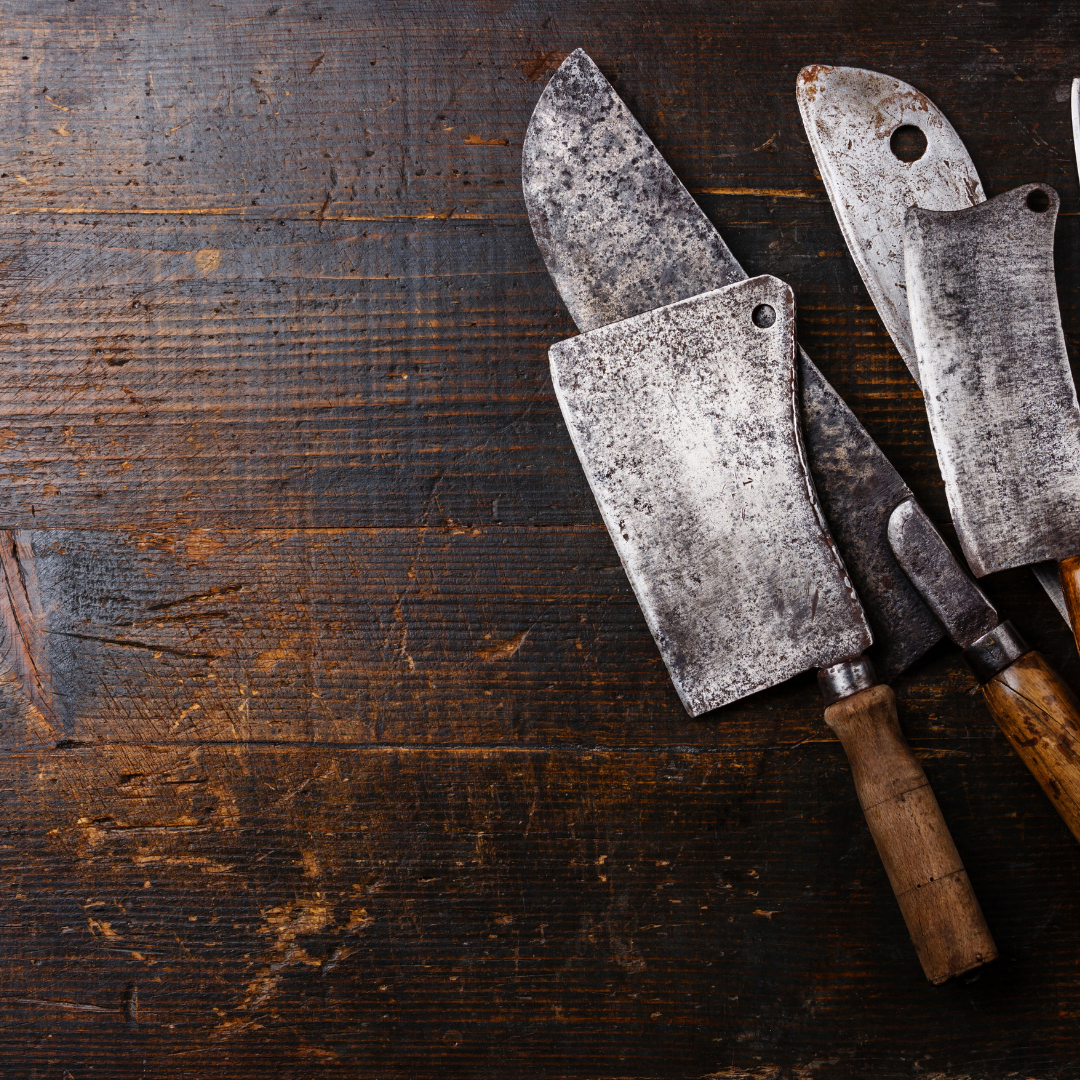Introduction
Beef is a popular meat for many people, but knowing the differences between various cuts and how to cook them correctly can be challenging. Having a good understanding of the different beef cuts available, how to prep them, and the cooking techniques that work best for each one, can elevate the quality of your beef dishes to the next level.
Understanding Different Cuts of Beef
Brief Overview of Beef Cuts
Beef is typically divided into three main categories: primal, sub-primal, and retail cuts. Simple cuts include the entire beef carcass and generally are separated into eight main sections: the chuck, brisket, rib, loin, round, flank, short plate, and sirloin. Sub-primal cuts are smaller portions of these primal cuts; retail cuts are the pieces you find in the grocery store or butcher shop.
Best Cooking Methods for Each Cut
Different cuts of beef have varying characteristics in terms of texture, flavour, and fat content, and each amount requires specific cooking methods to achieve the best results. For example, the chuck cut is well-suited for slow-cooking ways like braising, while the tenderloin is best for grilling or roasting.
The ribeye is best cooked using dry heat methods like grilling, broiling, or pan-searing, which help bring out the meat's natural flavours. Sirloin is another versatile cut that can be grilled, roasted, or used in stews and soups. On the other hand, the brisket is a tough cut of meat that requires a low and slow cooking method like smoking or braising to make it tender.
Characteristics of Each Cut
Each cut of beef has its unique characteristics in terms of texture, flavour, and fat content. For example, the ribeye is a well-marbled cut known for its robust flavour and juicy texture, while the tenderloin is a leaner, more tender cut often used for high-end dishes.
The chuck, which comes from the front shoulder of the cow, is a tough cut of meat that requires a longer cooking time to become tender. It has a rich, beefy flavour and is well-suited for stews, soups, and braises. The sirloin is a versatile cut that can be used in various dishes and has a balance of flavour and tenderness.
Understanding the different cuts of beef and their characteristics is critical to selecting the best cut for your dish and ensuring that your meat is perfectly cooked.
Cooking Techniques for Different Cuts of Beef
Grilling, Roasting, and Broiling Methods
Cooking beef over an open flame is a popular and delicious way to enjoy this meat. Grilling, roasting, and broiling are dry heat methods for tender cuts like ribeye and tenderloin.
Pan-Seared and Braising Techniques
Pan-searing beef is a popular technique that involves cooking the meat in a hot pan until it develops a crust. Conversely, braising is a slow-cooking method that consists of searing the beef and then cooking it in liquid at a low temperature for an extended period.
Sous Vide and Slow-Cooking Tips
Sous vide is a popular cooking method that involves sealing the beef in a vacuum-sealed bag and cooking it in a pot of water at a low and precise temperature. Slow cooking is another method that involves cooking the beef at a low temperature for several hours, resulting in tender and flavorful meat.
Serving and Pairing Beef with Side Dishes and Sauces
Classic and Contemporary Steakhouse Sides
Pairing your beef dishes with the right sides can elevate the taste and make your meal more enjoyable. Classic steakhouse sides like creamed spinach, roasted potatoes, and sautéed mushrooms are always delicious with beef. Contemporary options like grilled asparagus or cauliflower mash can also complement the flavour of beef dishes. If you're looking for high-quality, locally sourced, and grass-fed beef cuts, organic beef, or artisanal meat packs, consider getting a meat box delivery from a local butcher or an ethical farming provider.
Flavorful Sauces and Marinades
Sauces and marinades can add an extra layer of flavour to your beef dishes. Classic sauces like béarnaise and hollandaise are timeless and work well with beef, while contemporary options like chimichurri or romesco sauce can add a unique and flavorful twist to your dish. Look for premium meat and prime cuts from a trusted online butcher, and pair them with your favourite sauce or marinade for a mouth-watering and succulent taste.
Recommended Beverage Pairings
When it comes to pairing beverages with beef, red wine is a classic and popular choice. Cabernet Sauvignon, Merlot, and Pinot Noir are all good options to pair with meat. Other choices like beer, whiskey, or a classic cocktail like a Manhattan can also pair well with beef dishes. If you're looking for organic meat or grass-fed beef, consider a meat box delivery that includes recommended beverage pairings for the best taste and convenience.
Storing and Reheating Cooked Beef
Safe Storage Guidelines
To ensure the safety of your cooked beef, it is essential to follow safe storage guidelines. Store cooked beef in an airtight container in the refrigerator for up to four days, or freeze it for more extended storage. For healthy meat and natural meat options that can be delivered right to your door, consider buying from an online butcher shop that offers quality beef and grass-fed meat.
Best Practices for Reheating Beef
When reheating cooked beef, it is best to use gentle methods like microwaving or oven reheating to avoid overcooking and making the meat tough. It is also essential to bring the meat to an internal temperature of at least 75°C before consuming it. For the best and most ethical farming meat options like pasture-raised or humanely raised beef, try a meat box delivery from your local butchers.
Tips for Reducing Food Waste
Reducing food waste is a great way to help the environment while also saving money. To reduce waste, plan your meals and portion sizes carefully. You can also use leftover beef in other dishes like salads, sandwiches, or stir-fries, which can help to reduce food waste and create delicious and nutritious meals. With home delivery options and great service from online butchers and meat box delivery providers, reducing food waste has never been easier.
FAQs:
Q. How do I know which beef cut to choose for a particular dish?
- When choosing beef for a particular dish, it is essential to consider the flavor and texture profile you desire. With so many great quality meat options available, including free-range chicken, NZ beef, lamb, pork, venison, and sausages, you can select a cut that best fits your taste preferences. It is also important to choose a cooking method that complements the cut. With the convenience of online butcher shops and meat delivery, you can have fresh and delicious meats delivered right to your doorstep, even in rural addresses.
Q. What are the most tender cuts of beef?
- Tenderloin, ribeye, and sirloin are generally considered the most tender cuts of beef. These cuts are typically leaner and have less connective tissue, which makes them more tender and easier to cook. With great quality meat from New Zealand and delicious options like crispy ham, you can create mouthwatering and succulent dishes for your family and customers.
Q. How can I tell if my beef is of good quality?
- To identify quality fresh meat, look for beef that is bright red in color, has a firm texture, and is marbled with thin streaks of fat. The marbling helps to enhance the flavor and juiciness of the meat. It is also essential to purchase beef from a reputable source. Many online butcher shops offer great service and quality meats, allowing you to buy meat with confidence.
Q. How long can I store cooked beef in the refrigerator?
A: After cooking, the beef can be safely stored in the fridge for up to four days. To store cooked beef, place it in an airtight container and refrigerate it promptly after cooking. If you have leftovers, you can use them in other dishes or reheat them for a delicious and convenient dinner option.
Conclusion
Cooking beef is a tasty and rewarding experience, and with so many delicious options like lamb, pork, and beef from New Zealand, you can enjoy great quality meats with amazing taste and flavour. By understanding the different cuts of beef, choosing the right cooking method, and serving it with complementary sides and beverages, you can create mouthwatering dishes that your family and customers will love. With the convenience of meat delivered to your door from online butcher shops, you can enjoy restaurant-quality meals in the comfort of your own home.
Ready for Home Butchery Delivery?
Ready to purchase quality meat and try your hand at cooking beef? Visit an online butcher shop or order meat delivery today to enjoy great prices and convenience. Check out the different recipes available, and create a delicious and succulent dish for your family tonight







Leave a comment (all fields required)